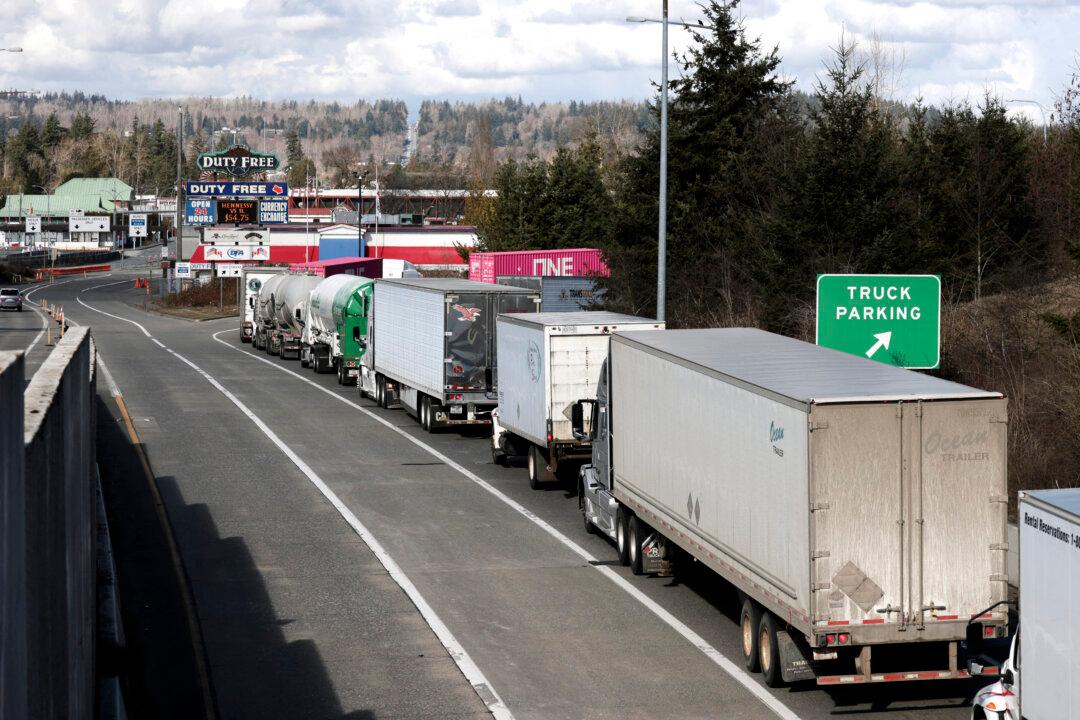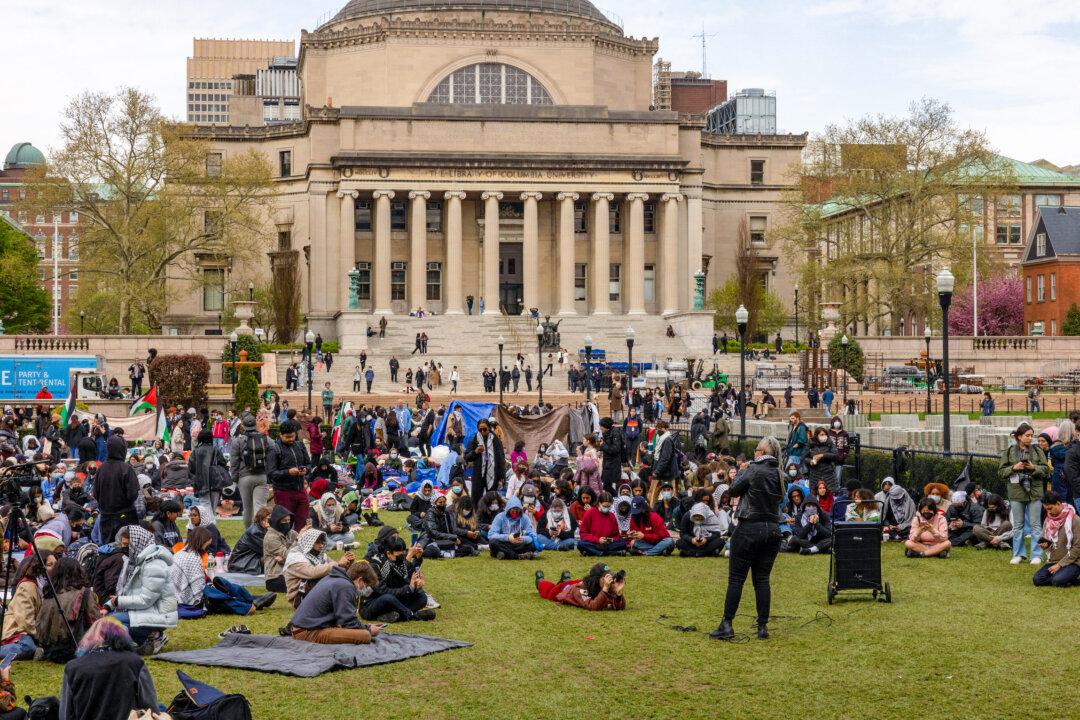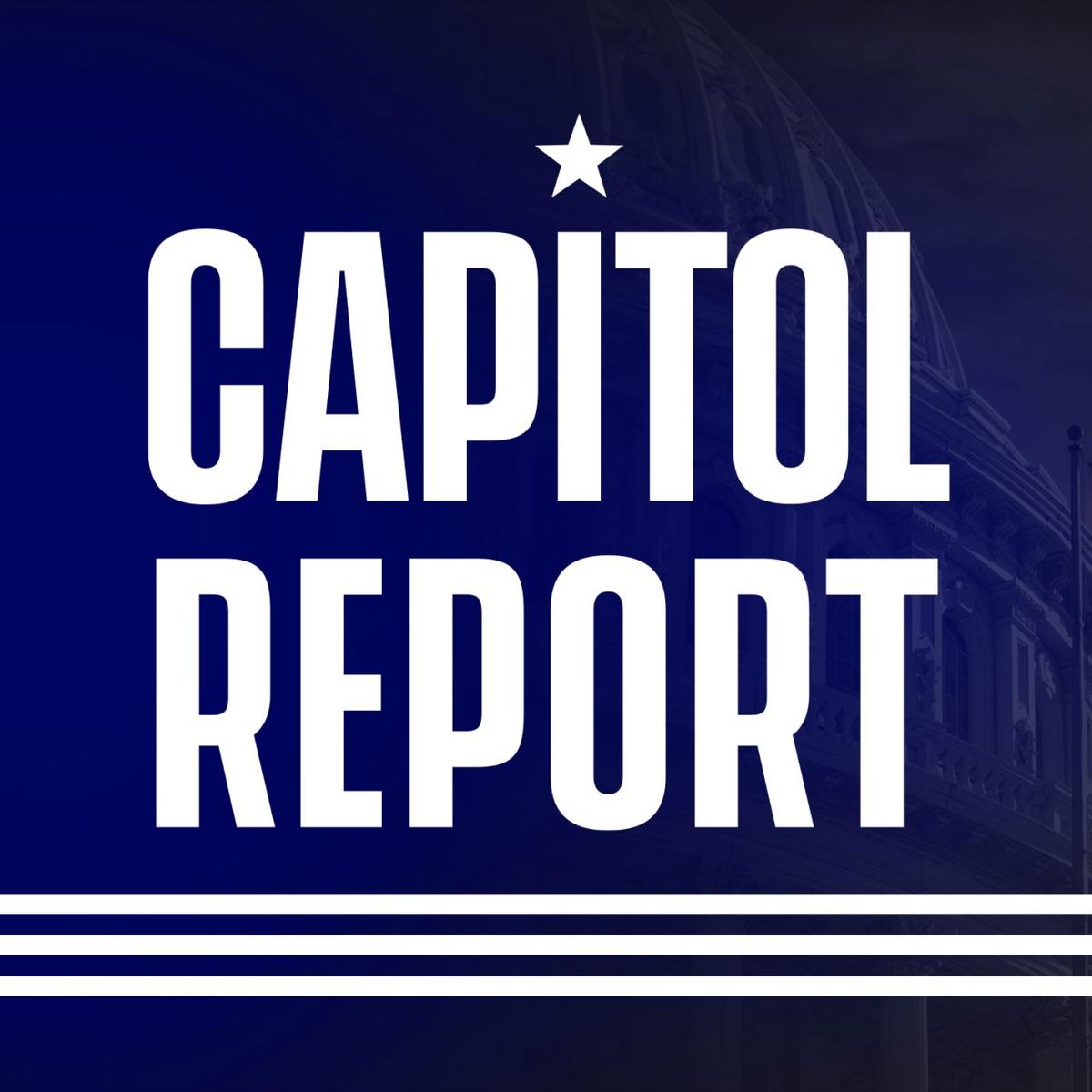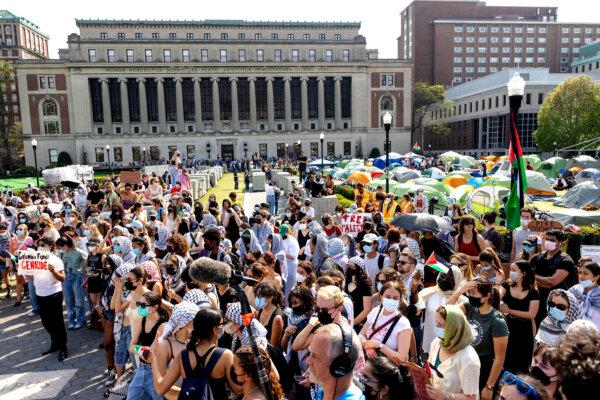China Intensifies Pressure as States Pass Laws to Counter Beijing’s Growing Influence
The CCP’s long game includes influencing state lawmakers who may go on to hold national office.
Fallout From Zelenskyy Meeting; Europe Faces Defense Crisis | Live With Josh
Plans for a peace deal between Russia and Ukraine are now paused, and Trump said Zelenskyy can come back when he’s ready for peace.
Mike Rowe: Why Are 7.2 Million Able-Bodied Men Not Looking for Work?
Mike Rowe is the founder of mikeroweWORKS Foundation, which awards millions of dollars in work ethic scholarships for young people.
Lucas Miles on the Surprising Religious Origins of the ‘Woke’ Movement
Wokeism has permeated a lot of the current culture and politics.

Register Now for a Worldwide Photography Competition
An international photography competition inspires positivity and preserves tradition.

The Spiritual Anthem ‘Rise Again’ as a New Single
The latest rendition honors the song’s legacy and gives its message renewed life.

An Absorbing Account of the Pacific War’s Most Famous Battle
Insightful and highly readable, Mark Stille’s ‘Midway’ is a detailed analysis of the naval battle and is certain to become an authoritative work.
Most Read
Top Stories
House Republicans Unveil Funding Resolution, Trump Voices Support
Congress has until midnight on March 14 to avoid a partial government shutdown.
▶Mike Rowe: Why Are 7.2 Million Able-Bodied Men Not Looking for Work?
Mike Rowe is the founder of mikeroweWORKS Foundation, which awards millions of dollars in work ethic scholarships for young people.
Exclusive
X Takes Down Network of Chinese Accounts Amplifying NYT Attacks on Shen Yun
An Epoch Times investigation exposed thousands of fake and malicious accounts that spread CCP propaganda, including via Western media.
Iranian Supreme Leader Rebuffs Negotiations Following New Trump Outreach
This week, the governments of France, Germany, and the UK issued a statement raising concerns that Iran has not lived up to its nuclear deal commitments.
5 Takeaways From FDA Nominee Marty Makary’s Hearing
Lawmakers from both sides of the aisle peppered the nominee with questions about flu vaccines, mifepristone, and other issues.
Los Angeles Lost Track of Billions in Homelessness Funding, Audit Finds
An audit commissioned by a federal judge found that a Los Angeles agency suffered incomplete documentation and insufficient financial accountability.
Hundreds of Civilians Reported Killed as Syria’s New Rulers Hunt for Assad Supporters
Syrian Observatory for Human Rights reported some 745 civilians killed in recent days as Syria’s new government asserts control over the northwest.
Trump Denies Reported Musk–Rubio Feud, Calls It Fake News
The comments were directed at New York Times reporting on a purported heated Musk–Rubio dispute.
South Korean President Released From Custody, Tens of Thousands Gather to Celebrate, Protest
Many of those supporters could be seen waving both South Korean and U.S. flags.
On The Border Restaurant Chain Files for Bankruptcy
Many states raised their minimum hourly wages last year, putting additional pressure on the restaurant industry.
Fun, Educational, and Enlightening: Father-Daughter Duo See Shen Yun Every Year
Greg Crabtree’s daughter Rosie has been learning violin for three years and attending Shen Yun Performing Arts which inspires the young musician.
▶Business Owner Touched by Shen Yun’s ‘Beautiful Dancing of Divine Beings’
Shen Yun Performing Arts received a warm welcome in Ludwigsburg, Germany, on March 2, captivating theatergoers there with a journey through ancient China.
The Paper Advantage: Why Reading Print Is Better for Your Brain
Neuroscience shows that how we read—not just what we read—may fundamentally alter our cognitive abilities.
Opinion: The Media’s Shen Yun Blind Spot
How critical reports miss the real story—with grave consequences.
Terrorist Group’s Pledge to Disarm Met With Cautious Optimism in Turkey
The PKK appears to have signaled a readiness to lay down its arms after four decades of violent insurgency against the Turkish state.
Day in Photos: Women’s Day in Syria, Climbing Big Ben, and Navy Open Day in Sydney
A look into the world through the lens of photography.
Columbia Vows Action on Anti-Semitism After $400 Million in Federal Funds Revoked
Education Secretary Linda McMahon accused Columbia of failing to protect Jewish students.
US Stocks End Volatile Week on Tariffs, Global Economy, and Earnings
Among tech stocks, semiconductor shares were hit the hardest.
Tracking Trump’s High Level Appointments, Senate Confirmations
The Senate is undertaking the confirmation process for the president’s new administration.
Federal Investigation Finds Maine Department of Education in Violation of Title IX
Maine Gov. Janet Mills has been officially notified that her state is out of compliance with Title IX and could face the loss of federal funds and worse.
Google May Keep AI Investments But Must Sell Chrome, DOJ Proposes
The DOJ agrees that banning Google from making investments in artificial intelligence could cause ‘unintended consequences in the evolving AI space.’
The Great War, Paris, and the Founding of the American Legion
In ‘This Week in History,’ several WWI officers, after the war, suggested creating a veterans organization. It became America’s largest and most powerful.

Longtime Buccaneers Super Bowl Champion Re-Signs With Team
The Tampa Bay Buccaneers have re-signed longtime star linebacker Lavonte David for a 14th season.

Longtime Buccaneers Super Bowl Champion Re-Signs With Team
The Tampa Bay Buccaneers have re-signed longtime star linebacker Lavonte David for a 14th season.

Steve Carell Surprises SoCal Students Impacted by Wildfires With Free Prom
‘The Office’ star partnered with the nonprofit Alice’s Kids to provide students from six high schools in Altadena with prom tickets.

Steve Carell Surprises SoCal Students Impacted by Wildfires With Free Prom
‘The Office’ star partnered with the nonprofit Alice’s Kids to provide students from six high schools in Altadena with prom tickets.

‘Queen of the Ring’: Women’s Wrestling’s First World Champion
“Queen of the Ring” utilizes the standard biopic formula to give credit to the force of nature who changed women’s wrestling forever.

Founding Father’s Early Life Shaped in an Unlikely Place
Alexander Hamilton’s boyhood island of St. Croix was a place of challenge, intellectual curiosity, and possibility.

‘Soldier of Fortune': Crossing Borders, Capturing Hearts
Clark Gable stars in a romance-drama set in 1950s’ Hong Kong.

Smoky: War Hero and World’s First Therapy Dog
A dog saves the day in wartime and after the war brings comfort to those who suffered.

‘Queen of the Ring’: Women’s Wrestling’s First World Champion
“Queen of the Ring” utilizes the standard biopic formula to give credit to the force of nature who changed women’s wrestling forever.

Plant-Based Pitfalls: When Can the Vegan Diet Go Wrong?
People who follow a vegan diet are at risk for vitamin deficiencies, because some nutrients come mainly from animal sources.
Should You Order Foreign Currency Before You Travel?
Understanding how to get foreign currency affordably can help you maximize your travel budget.
Puerto Vallarta: Mayhem and Magic on the Malecon
The Malecon is a 1-mile delight in so many different ways as to make any number of hours pass quickly.
Should You Order Foreign Currency Before You Travel?
Understanding how to get foreign currency affordably can help you maximize your travel budget.

‘True-Blue Grasser’: Remembering Dierks Bentley’s ‘Up on the Ridge’
With his surprise bluegrass album, the country artist honored those who made Nashville feel like home.

He Traded His Dental Mirror for Hollywood Spotlights
A place in Hollywood is rarely guaranteed for latecomers, but Edgar Buchanan, age 36, was the curious exception to that rule.
Special Coverage
Special Coverage

















































































































































































